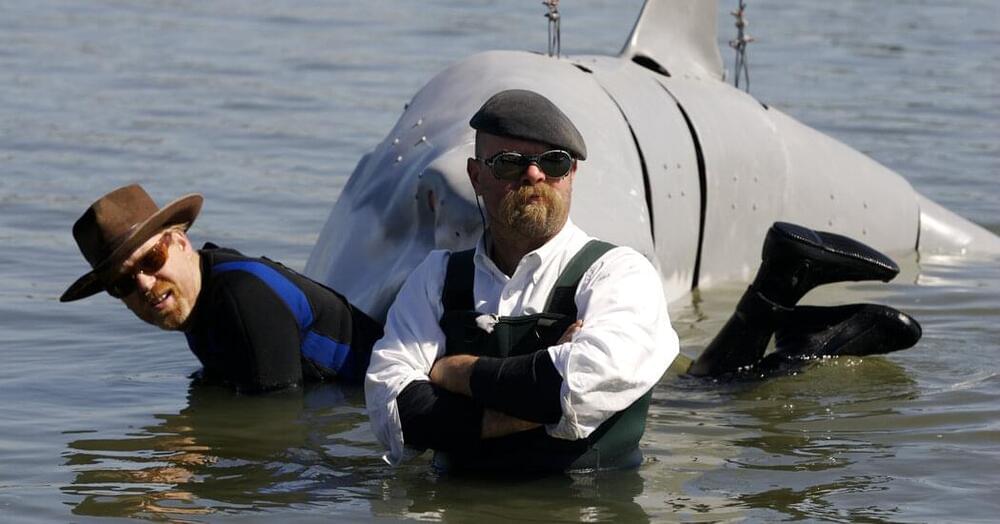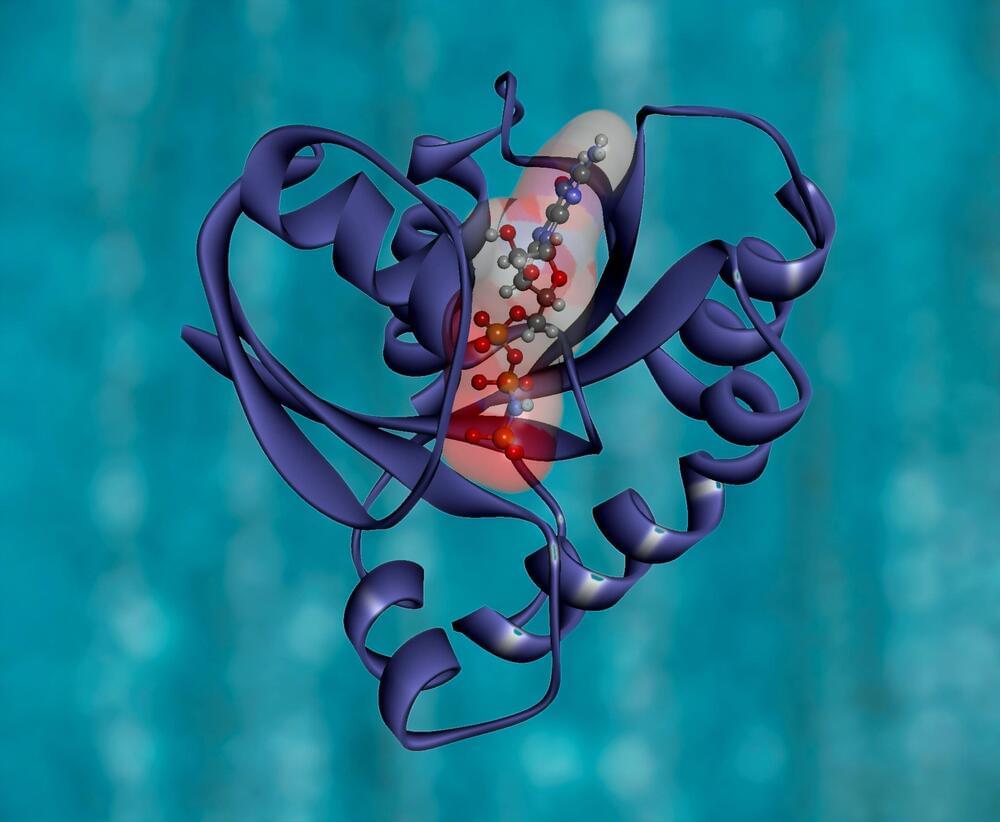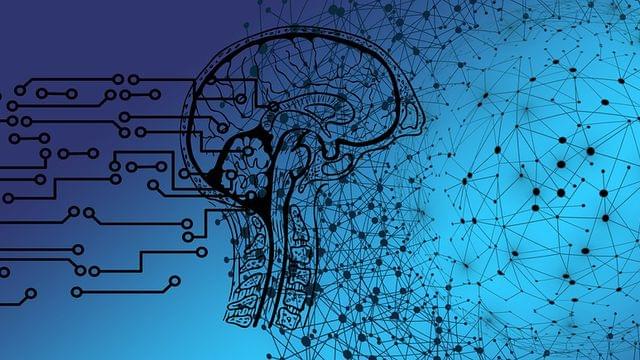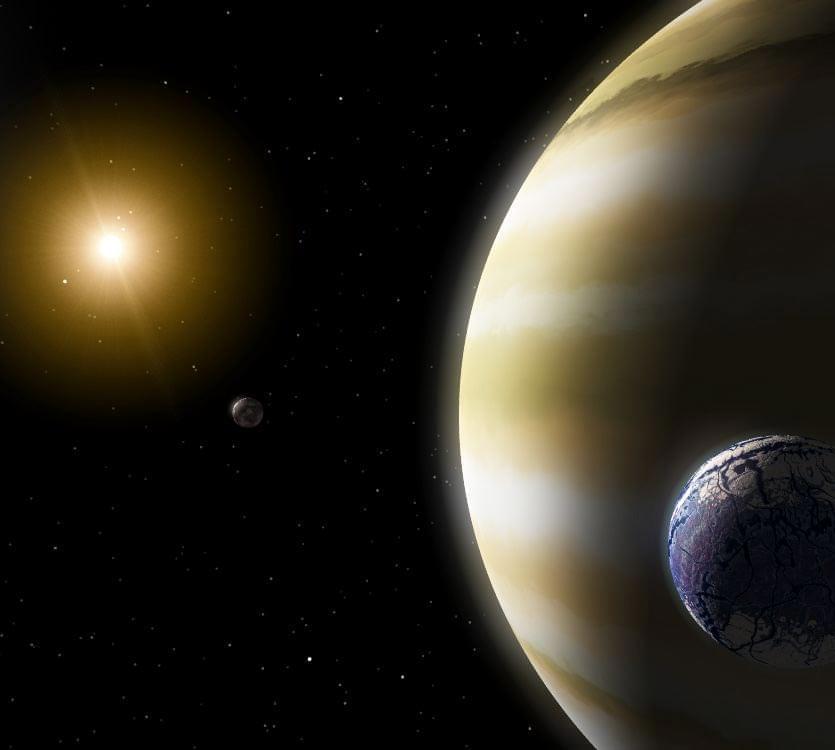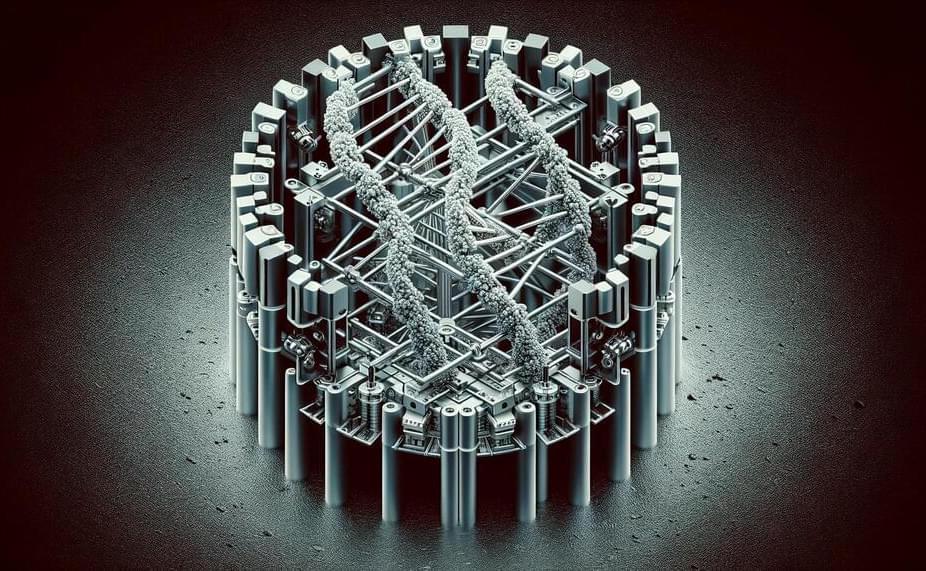Rotor Technologies is now in production on a full-size unmanned helicopter for civilian use. Based on the Robinson R44 Raven II, the R550X flies for more than three hours, at speeds up to 150 mph (241 km/h), carrying up to 1,200 lb (550 kg) of cargo.
According to Torklaw, helicopters have about 9.84 crashes per 100,000 hours of flight time. That’s curiously low, given their reputation and the fact that “general aircraft” have 7.28 crashes per 100,000 hours. But still, they’re notoriously tricky to fly, and there are a growing number of projects attempting to make them much easier, using simple fly-by wire joystick controls, or even simpler one-finger tablet control schemes.
Safest of all, of course, is to leave the humans on the ground altogether, and that’s what New Hampshire company Rotor Technologies has been focused on from its modest hangar at Nashua Airport, about 30 miles (50 km) outside Boston. It’s been flying two R22-based autonomous chopper prototypes since December last year, across nine locations in New Hampshire, Idaho and Oregon. It wrapped up its test campaign in November, having logged “more than 20 hours” of flight time.
